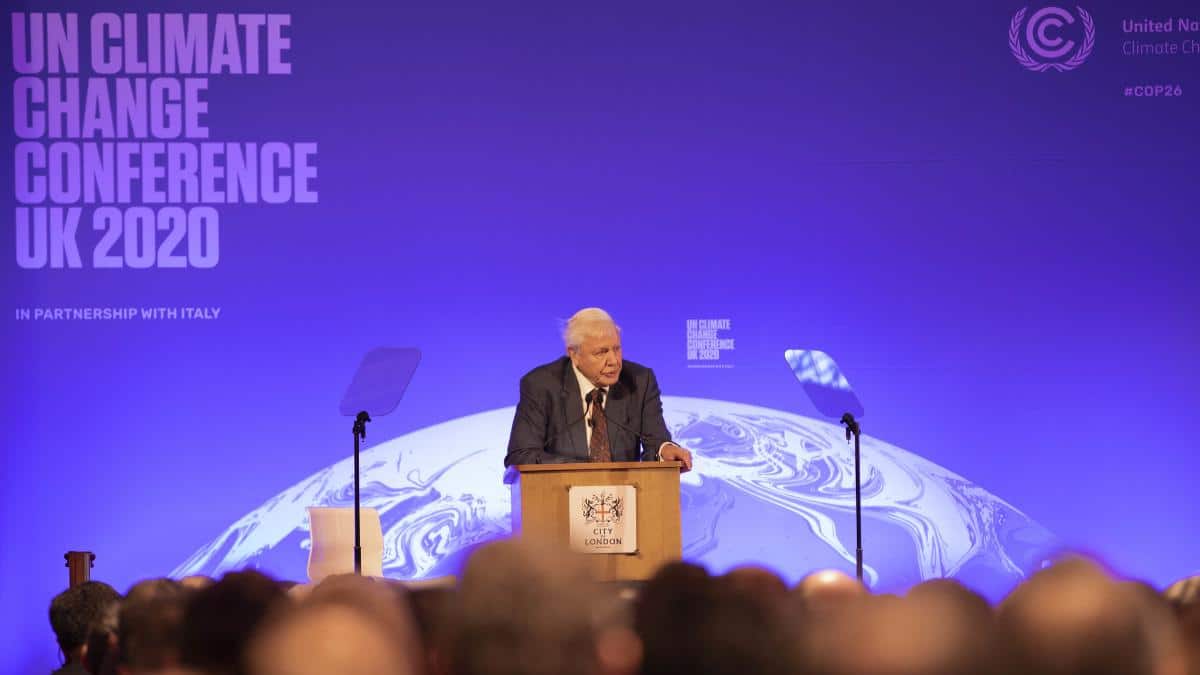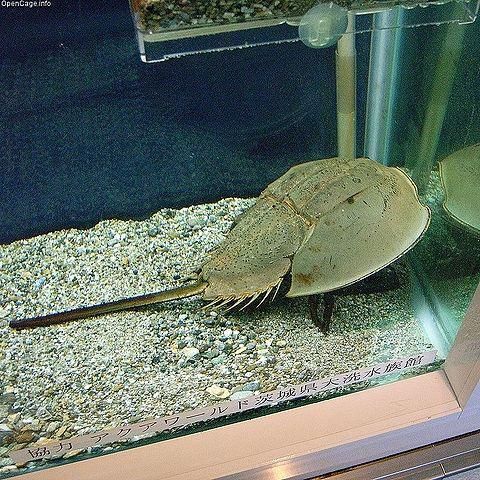

By human standards, 95-year-old David Atteborough might be considered an “old fossil.” But the beloved nature broadcaster is still a spring chicken compared to his new namesake.
Researchers have identified a new species of horseshoe crab that lived around 200 million years ago, and named it Attenborolimulus superspinosus.
“We named this fossil crab after the famous naturalist and documentary host Sir David Attenborough, in honour of his contributions to conservation and science communication,” study co-author and University of New England paleobiology researcher Russell Bicknell wrote for The Conversation.
Bicknell and his co-author Dmitry E. Shcherbakov of the Russian Academy of Sciences announced their new find in the journal Paleontology and Evolutionary Science Wednesday. The species is a relic of a time when horseshoe crabs displayed much more biodiversity. Currently, there are only four species of horseshoe crab that are all relatively similar to each other. However, 250 to 200 million years ago, during the Triassic period, there were a variety of different horseshoe crabs known as the austrolimulids.
Bicknell and Shcherbakov discovered the new austrolimulid in Russia’s Ural Mountains during trips in 2018 and 2019. What set it apart from the rest of the austrolimulids was the unique placement and shape of its spines — more developed on its head section and more rounded and less prominent elsewhere. It was smaller than contemporary horseshoe crabs and probably lived in freshwater or a mixed fresh and marine ecosystem. This sets it apart from contemporary horseshoe crabs, which only live in the ocean.
The tri-spine horseshoe crab is one of four species of horseshoe crabs left alive, and one of two that is considered endangered. Daiju Azuma / CC BY-SA 2.5
Studying austromolids is important because they emerged as part of the recovery after the Permian extinction, in which 95 percent of marine life went extinct.
“Examining ecological recovery from the ‘mother of all extinctions’ (the end-Permian extinction) during the Triassic is important for understanding how biological systems can redevelop after major devastating events,” the authors wrote in the study.
Today’s horseshoe crabs are threatened by a different mass extinction, which is why the researchers decided to name their ancient ancestor for a noted conservationist.
“This is especially important for horseshoe crabs now, as two of the four living species are considered endangered,” Bicknell wrote for The Conversation. “And this is due to negative interactions with humans, including habitat modification and harvesting for their blood (which has applications in modern medicine).”
This is not the first time Attenborough has had a fossil named for him. In 2017, for one, researchers called a 430-million-year-old crustacean Cascolus Ravitis, Cascolus being the Latin equivalent of the Old English version of Attenborough, as BBC News reported at the time.
“The biggest compliment that a biologist or palaeontologist can pay to another one is to name a fossil in his honour and I take this as a very great compliment,” Attenborough told BBC News in response.
All in all, the naturalist has given his name to more than 12 species, living and extinct, including a dragonfly, a pitcher plant and the fossil of a marsupial lion, as SBS reported.

 233k
233k  41k
41k  Subscribe
Subscribe 
